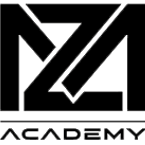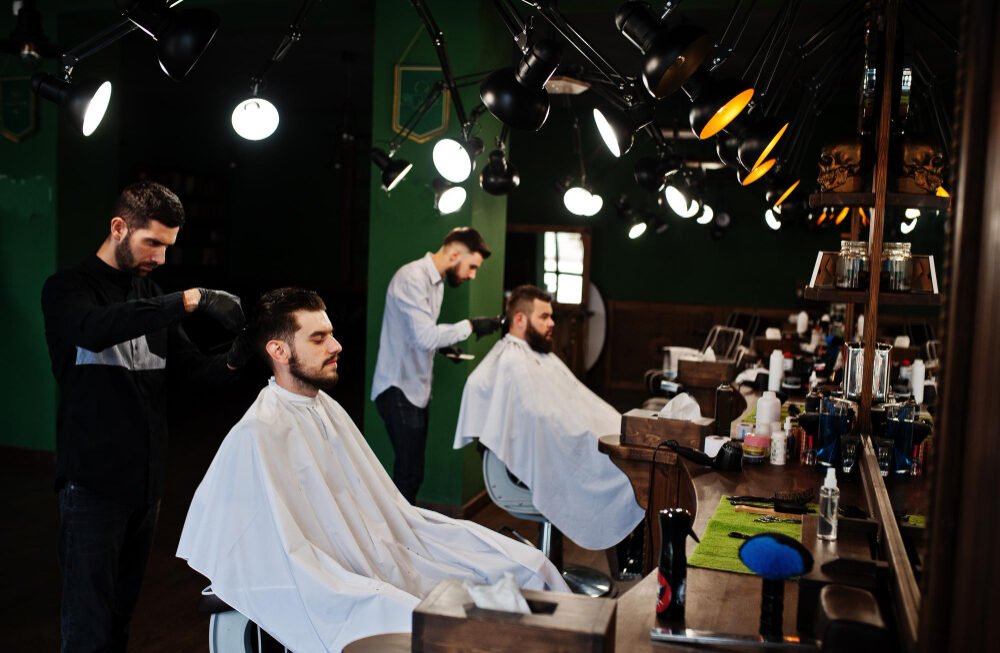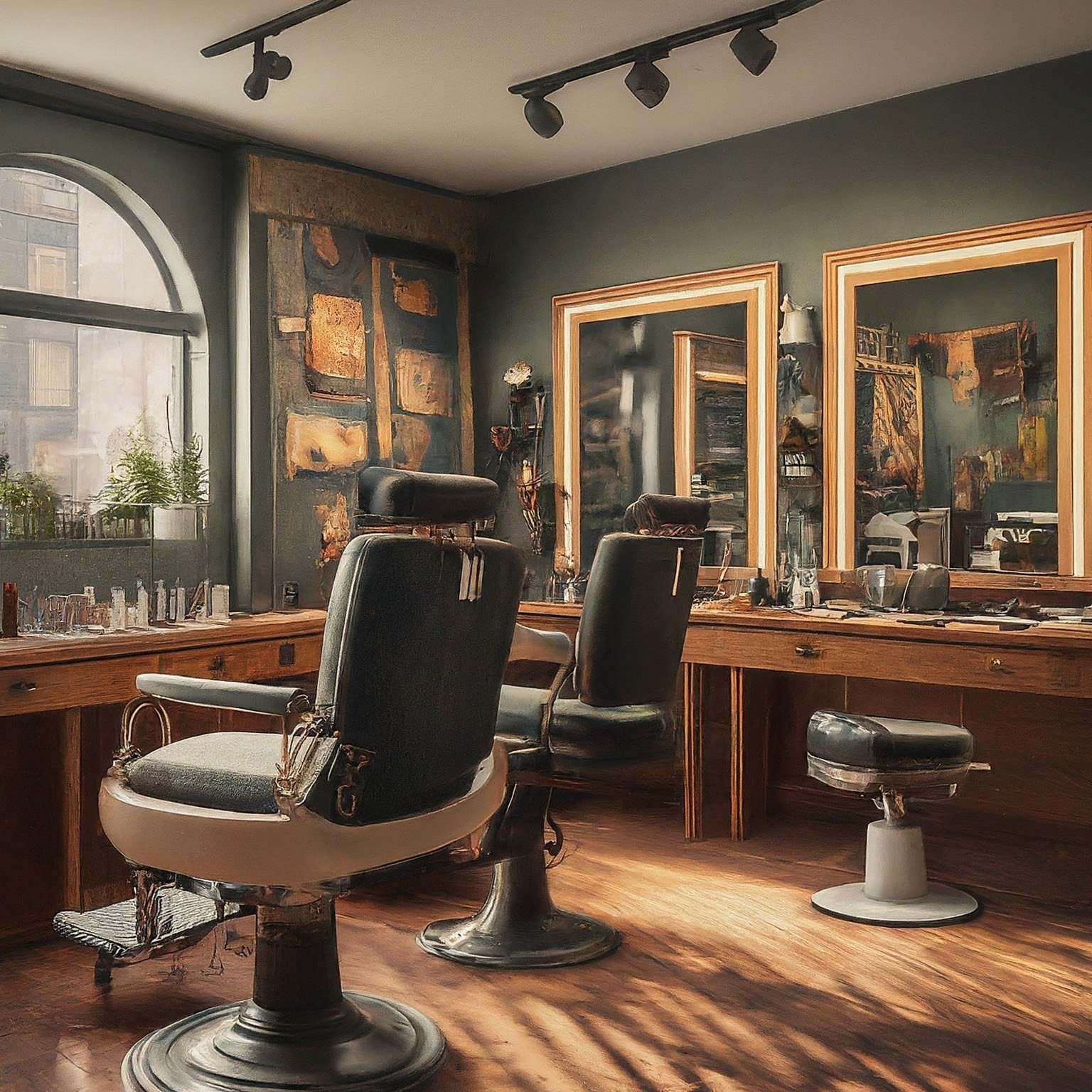Barbering is a craft that has been around for ages and remains relevant. It involves some form of art, technical, and professional touch and is a rewarding profession. If you are a barber, you need to know the fundamentals and the correct procedures to compete in a challenging market. This blog post will provide vital tips and guidelines to help you embark on a successful barbering career.
1. Master the Basics: Start with the Right Tools
Before you serve your first client with a perfect fade or trim, you must invest in high-quality barbering tools. The following tools are must-haves in your barber’s kit. Each has a specific purpose, and learning how to use them correctly is crucial.
- Clippers: These are used to make fades, tapers, and other haircuts. Choose clippers with different guard sizes to enable proper haircutting of various lengths.
- Scissors: These are usually used in cutting and shaping hair.
- Razor: Invaluable in cleaning, especially when shaving or applying detailing on the face or head. Razor skills will assist you in giving a polished finish to any haircut you have in mind.
- Combs: Select different comb sizes, which will assist you in cutting and sectioning the hair.
Spend time comprehending each tool’s role and making it a point to use them frequently at work for practice.
2. Learn to Create the Perfect Fade
The fade is one of the most popular haircuts anyone can ask their barber to do, and learning to fade can be a ticket to a successful barbering practice. A fade is done by seamlessly blending hair lengths from short to long, and this hairstyle is both contemporary and classic.
Here are a few tips to perfect your fade technique:
- Start with the longest guard: When using the clippers, start with the longest guard and then proceed to the shorter guard to avoid discomfort.
- Work in sections: Turn the head around and work on a particular section, either the top, sides or back. This will assist you in cutting the hair evenly across and achieving the desired shape.
- Use a flicking motion: To avoid sharp edges, transition from one guard length to the next in a flicking motion.
- Blend with scissors: If you have uneven areas, blend them with a scissor and a comb for a smooth transition.
Fading is a great technique to master; learning how to execute it properly will keep you in business.
3. Get Comfortable with Razor Shaving
Most barbers’ best example of their expertise is giving customers a neat and perfect shave. When done correctly, razor shaving provides the client with smooth and irritation-free skin.
- Prep the skin: Use a hot towel on the face. This will allow the pores to open and the hair to become soft, allowing the shave to glide through.
- Use a sharp razor: A blunt razor will cause more irritation and might cause a cut. One should always ensure a new blade is used for a proper shave.
- Shave with the grain: Shaving in the direction of hair growth is recommended to reduce painful skin rash. If your client is okay with a closer shave, you may shave against the direction of hair growth during the second run.
- Moisturize after: To reduce the chances of post-shave irritation, one should apply an aftershave lotion or moisturizer.
Shaving using a razor is a craft; you only need to practice more to give your clients the best shaving they want.
4. Understand Hair Textures and Styles
Each client’s hair texture will differ—thin, thick, curly, straight, etc. A good barber must know how to deal with all hair types and create styles to match the customer’s face and personality.
Here are a few quick tips:
- Curly hair: Apply layering techniques using a wider comb to enhance the texture of the hair.
- Straight hair: Pay attention to precise cutting and styling products to maintain shape.
- Fine hair: Be careful with thinning shears; over-thinning will make even beautiful and shiny fine hair lifeless. Use layering techniques to add volume.
- Coarse hair: Clippers are the best tools for cutting coarse hair. The scissors may also assist with shaping and details work, providing a more precise finish.
Going to workshops or programs will be beneficial if you want more information about hair textures and customized haircutting. You will also understand how such techniques should be applied to various clients.
5. Focus on Client Communication and Care
Beyond mastering styling skills, being a patient listener to your client can help you become a successful barber. Establishing good relationships with your customers and making them comfortable is beneficial. You will surely end up being their go-to barber.
- Ask about their preferences: Always talk with the client to understand their preferred style and then offer your suggestions depending on their hair type and face shape.
- Be honest: If a client decides to go for a style that may not look good on them or may not suit their hair type, present suggestions that may be suitable for the client.
- Provide aftercare tips: One free service you can offer is styling tips and products that clients can use on their hair before their next visit. This added service can help gain consumers’ trust and show your expertise.
Remember, mastering the art of barbering is not merely about providing a service but creating a customer experience.
6. Stay Consistent and Keep Learning
Like any other professional field, barbering requires a lot of practice and a willingness to learn. One must constantly be aware of the grooming industry’s changing demands. This helps to give one’s clients the look of their choice and leave them satisfied.
You can start by:
- Watching tutorials: There are many websites, videos, articles, and online tutorials from which you can learn more.
- Attending workshops: Attend local training or industry events to interact with other experienced barbers, gain new insights about the craft from other professionals, and keep abreast of emerging trends in the market.
- Practicing regularly: Whether cutting a friend’s or family member’s hair or trying on a dummy, practice is all you need to do the job well.
Formal training can be beneficial, especially if you are considering taking your barbering skills up a notch. Honing your skills under the supervision of experienced instructors can help you become a successful professional.
Conclusion
Skills alone are not enough to become a successful barber. Practice and learning are a must. Knowledge about useful barbering tools, different hair textures, providing quality client service, and continuous learning is crucial. These tips for beginners and a willingness to learn will help you achieve success.
Ready to take the first step in your barbering journey? Join MZ Academy to gain helpful insights from industry experts.




